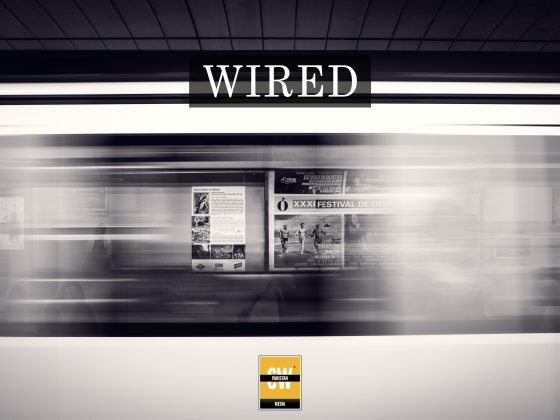The 2024 Nobel Prize in Physics has been awarded to John Hopfield and Geoffrey Hinton for their groundbreaking work in machine learning with artificial neural networks.
The Nobel Committee recognized Hopfield and Hinton’s contributions in developing technologies that use network structures to process information, laying the foundation for the rapid advancements in machine learning over the past two decades. Hopfield, at Princeton University, and Hinton, at the University of Toronto, were praised for their fundamental discoveries and methods that mimic the brain’s functions of memory and learning.
Hinton, often referred to as the “godfather” of artificial intelligence (AI), expressed his astonishment at receiving the prestigious award. He highlighted the significant influence AI will have on our societies, comparing it to the industrial revolution but with a focus on intellectual ability.
While Hinton acknowledged the potential benefits of AI, he also cautioned about the risks, including the possibility of AI systems becoming more intelligent than humans and gaining control.
Ellen Moons, chair of the Nobel Committee for Physics, emphasized the impact of the laureates’ work on our daily lives, from facial recognition to language translation. Their discoveries and inventions form the building blocks of machine learning, which can aid in making faster and more reliable decisions, such as in medical diagnoses.
Artificial neural networks, inspired by the structure of the brain, are at the core of machine learning. These networks consist of nodes with different values that influence each other through connections, similar to how neurons communicate in the brain. By training these networks, similar to training the brain, they can learn by example and draw on prior knowledge to create new solutions.
Hopfield’s invention of the Hopfield network in 1982 laid the groundwork for these neural networks. Hinton expanded on Hopfield’s work, developing the earliest form of machine learning, called the “Boltzmann machine.”
Today’s neural networks are significantly larger than those used in the early days, with some containing more than one trillion parameters. This growth has enabled AI to learn by example and create new solutions, unlike traditional software that follows a set of instructions.







